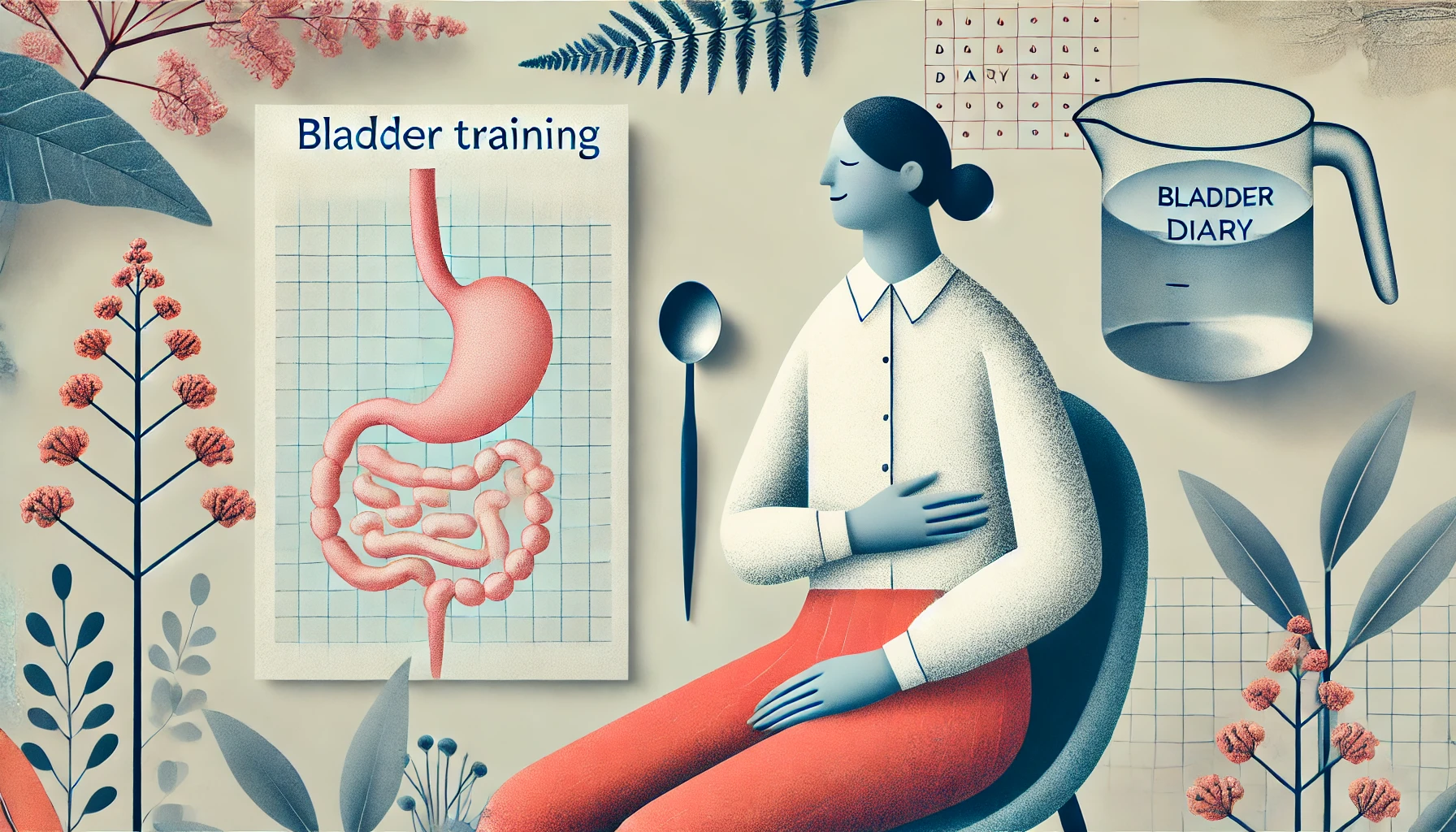February 9, 2025
Bladder training helps manage frequent urination, urgency, and urge incontinence by gradually increasing time between bathroom visits and controlling sudden urges. With patience and consistent effort, you can retrain your bladder, using techniques like pelvic floor exercises and mental distractions to regain control over your bladder health.

Bladder issues like frequent urination, urgency, and urge incontinence are common problems many women face at some point in their lives. Frequency refers to urinating more than 7 times a day, and when it occurs during the night, it’s called nocturia. Urgency is the sudden, overwhelming need to urinate, and if it leads to leakage, it’s referred to as urge incontinence. Fortunately, bladder training can help manage these problems and restore control over your bladder.
Bladder training is designed to help you break bad habits, establish healthier patterns, and regain control of your bladder. Instead of your bladder controlling your life, bladder training teaches you to control it. The goal is to increase the time between bathroom visits, train your bladder to hold more, and manage the urgency that leads to involuntary leakage.
Bladder training focuses on understanding your bladder's signals and learning when to respond and when to hold off. Over time, bladder training helps you recognize when your bladder is truly full and when it's just sending unnecessary signals. Remember, your bladder might have taken months or even years to develop these habits, so it will take time and commitment to train it back to healthy patterns.
Bladder training is not an overnight fix. It takes time, patience, and consistency. Most people begin to see improvements within two weeks, but it may take up to three months or more to regain full bladder control.
Let me know if you’d like any changes or additions to this! I can also generate a cover image for the article.